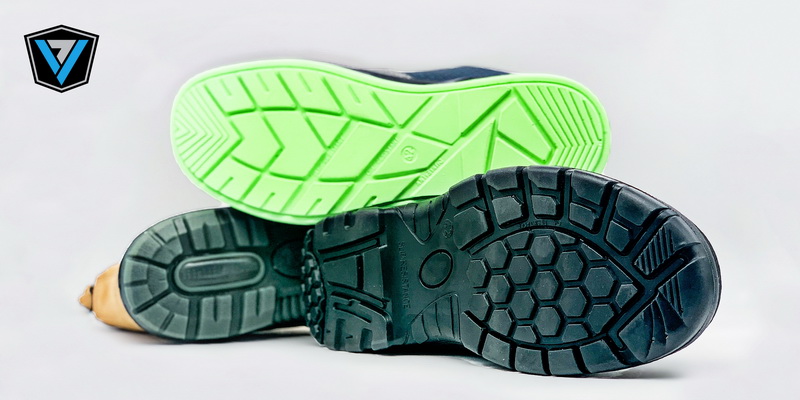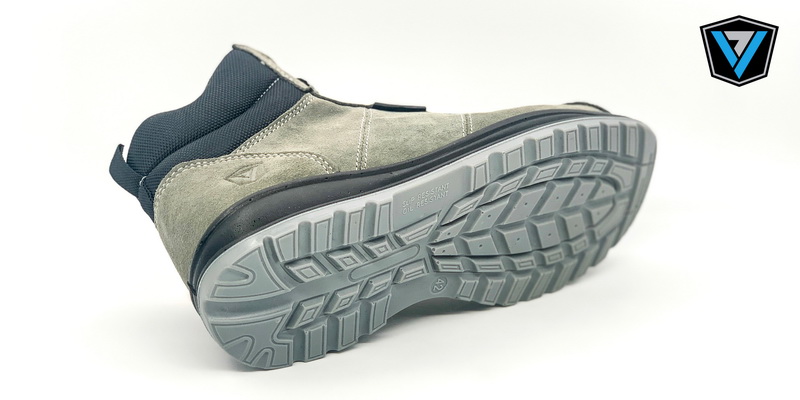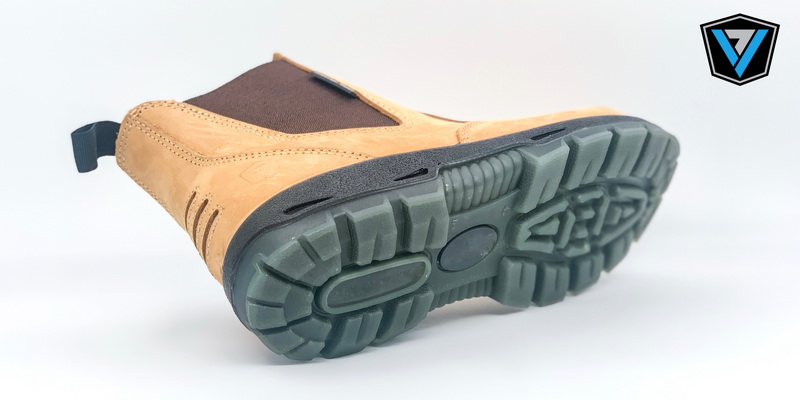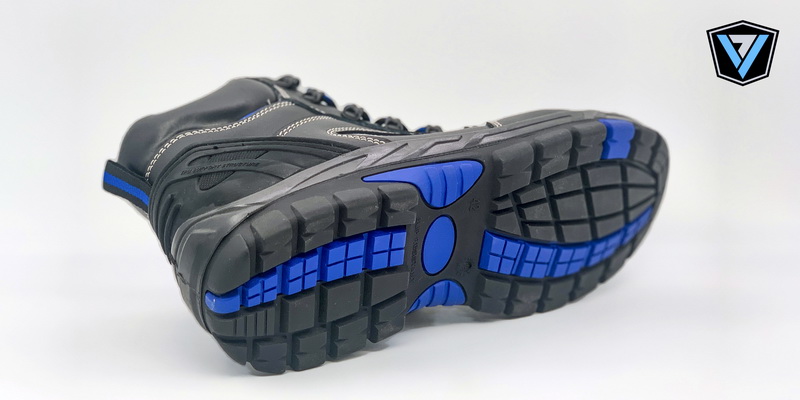
What type of outsole should I choose for my safety shoes?
When you buy safety shoes for working, apart from the design, functions and price you may need to consider, have you ever doubted what type of outsole is best suit to your need? And, do you know the difference between different outsole materials? Here’s a quick guide on safety shoes outsole comparison for your reference.
First, you may need to ask yourself, what kind of working environment you are in. Is it an indoor or outdoor place? Is it a dry or wet floor? Do you need a long stand? Do you need to stand against the floor with acids or heat? With the differences in work situation, there are specific type of outsoles that provide better protection to you.
The following materials are commonly used to produce the outsole of safety shoes: PVC, PU, TPU, EVA and rubber. Here are their respective specifications:
PVC – it’s a thermoplastic material usually used to produce rubber boots. It has a good resistant to strong chemical agents, such as acids. Also good in cold resistant from -5 to -20°C but not high temperature, maximum at 100°C. The slip resistant is less promising compared to other outsole materials.
PU mono – PU is the abbreviation for polyurethane, and mono means the whole outsole is produced in one single density. The beauty of this material is its relatively light weight and comfortable. Its also good resistant to chemical agents but not strong acids. Its resistant temperature ranged from -10 to 130°C. The softness of PU makes it a good grip against slippage. Its recommended for indoor and not very challenging work place.

PU/PU – This is a double density PU profile outsole. Again, it is good resistant to chemical agents but not strong acids. The resistant temperature range goes from -10 to the maximum 150°C. It provides antistatic performance. The higher density outsole provides good grip for slip resistant while the soft PU midsole provides good impact absorption and comfortable wearing experience. Its recommended for both indoor and outdoor, but not suggested for contact with chemical agent, especially strong acids.

ETPU/PU – This is the sole made with two materials, the ETPU as the midsole while PU as the outsole. ETPU is the abbreviation for expanded thermoplastic polyurethane. After pre-treatment with pressure and heat, the individual granules blow up like popcorn, making the material very elastic and providing the desired rebound effect and light weight property. The PU outsole provides good grip for slip resistant. Its recommended for both indoor and outdoor and suitable for long stand, but not suggested for contact with chemical agent, especially strong acids.

PU/TPU – TPU is the abbreviation for thermoplastic polyurethane and its particularly sturdy, abrasion resistant and flexible. The outsole made of TPU provides good performance in abrasion and slip resistance. It can be made in different colours including translucent colour. Its more durable than PU on average and has a higher resistant to cold temperature with the range from -5 to -20°C. However, its not promising to high temperature with the maximum at 100°C. Its recommended for both indoor and outdoor, cold weather but not suggested for hot surface work place.
Rubber mono – Rubber is a product extracted from trees. Its not resistant to cold temperature. But upon adding additive, such as nitrile gives the material some other technical properties, such as heat resistance. Rubber outsole is sturdy with the temperature resistant ranged from -30 to 300°C. It has longer storage property and is known for great slip resistance. Its also resistant to fuel, oil microbes and numerous chemicals. But the drawback is its heavier than PU and TPU and less flexible. Its recommended for both indoor and outdoor, in contact with hydrocarbons, chemicals, acids and hot surface if HRO certified. However, its heavier and not a good choice if you need a lighter shoes.

PU/Rubber – It has maintained the beauties of rubber outsole and taken away the heavy weight problem with the PU midsole. Its recommended for both indoor and outdoor, in contact with hydrocarbons, chemicals, acids and hot surface if HRO certified.
EVA/Rubber – EVA is the abbreviation for Ethylene-vinyl Acetate, it’s an insulated foam which is elastic and with good cushioning property. Such material is easily be found in sports shoes. For safety shoes, its usually used in the midsole. With its light weight property, its usually placed in-between the upper and rubber outsole to provide shock absorption and comfortable wearing experience. Its recommended for both indoor and outdoor, in contact with hydrocarbons, chemicals, acids and hot surface if HRO certified.
The above materials and properties introduced are the common outsoles for safety shoes. It is hoped that you can have a better understanding on your needs and requirements so that you can identify a more suitable safety shoes to protect your feet from the work place.
Check out our EN ISO 20345: 2011 recognised safety shoes with different outsole materials from our collection.
Source: www.safetyshoestoday.com

